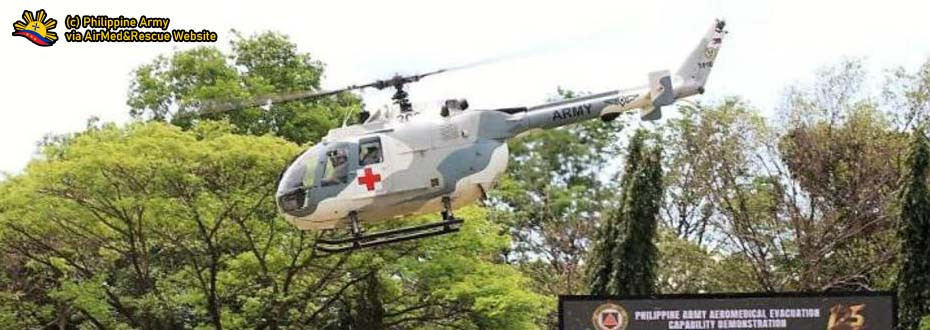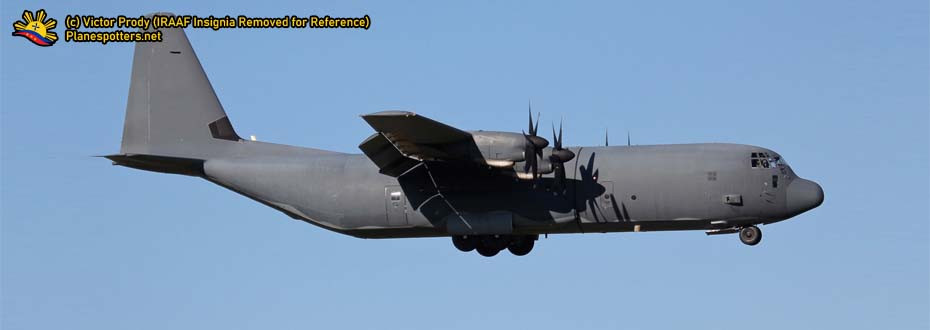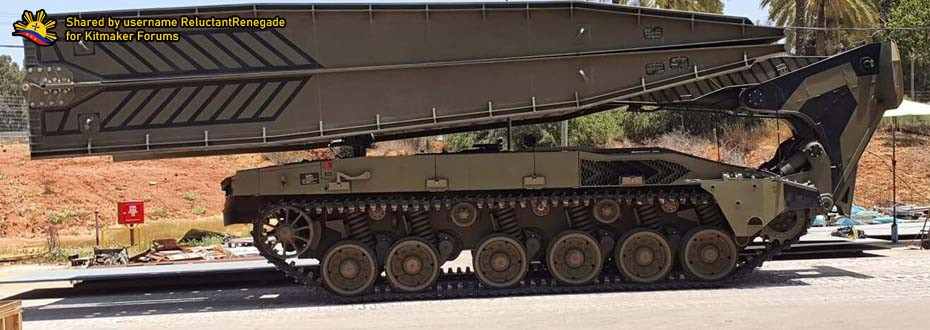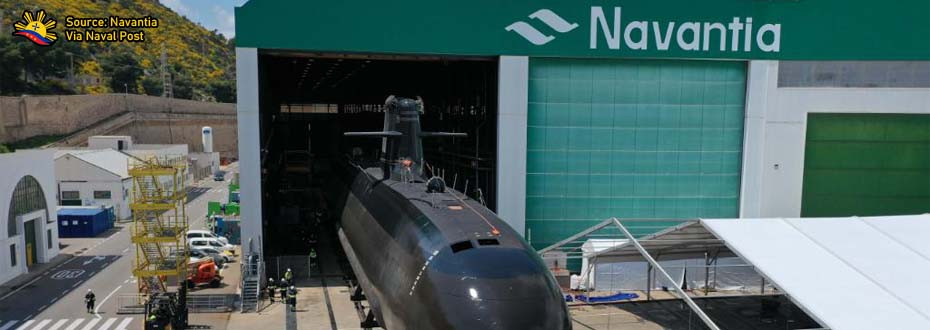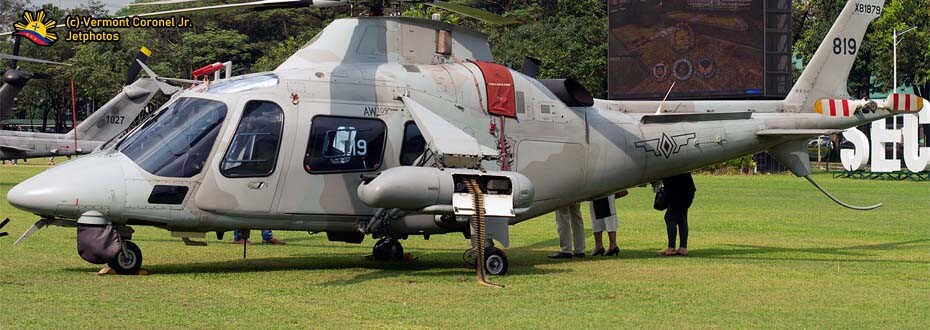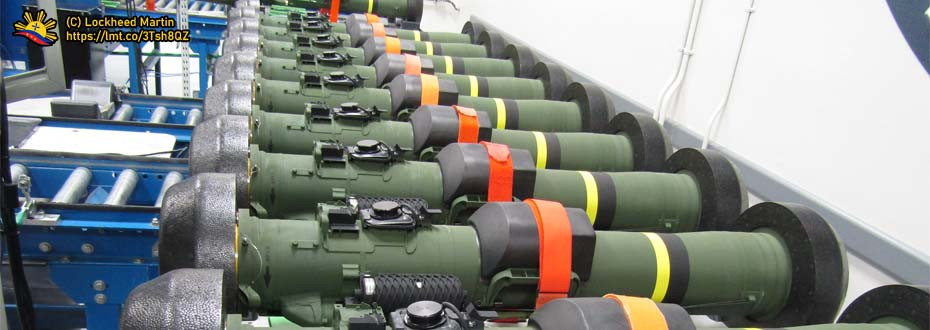THE OVERVIEW
 |
| The Philippine Army M-113 fitted with Elbit's UT-25 gun turret. Imagery obtained from Wikimedia Commons. |
It came first as the U.S. provided these armored vehicles to the country through a defense article which later on grew in numbers with several units already modified to different upgrades such as the one shown above in an image where it is fitted with a UT25 gun turret provided by Elbit Systems which were based in Israel.
With this, let us provide the historical background and development that brought these armored personnel carriers into being in a way that it currently serves the Armed Forces of the Philippines up to the present date, now with improved firepower capabilities all thanks to the upgrade that it took which put the government forces at an advantage.
VEHICLE DEVELOPMENT
The M-113 that was made is the most widely-used and produced APC in the Western World where it employs in nations that have adopted the Western system of military assets such as the Republic of the Philippines. Such a commonality though explains the reliability of these units in service where there are many sources for the Armed Forces to obtain spares which in itself is essential to the operations of these armored vehicles within the organization.
The Armored Personnel Carrier, in its own being, was developed in the late 1950s as an improvement from M-59 and M-75 Armored Personnel Carriers where both of these vehicles are in service within the United States Armed Forces at that time.
The production was initiated in the 1960s where it was manufactured by the joint venture of FMC Corporation and United Defense LP Ground Systems - USA. Since then, they produced different variants of the M-113 APC, and is currently in service across 60 countries on their respective armed forces - including the Philippines. In terms of variants, the Philippine Army obtains the M-113A1 which is a model from 1964, the variants in which the original units of 120 were delivered to the country under the United States Excess Defense Articles of 1967.
Here are some of the capability-derived variants where it's base armor and design is the M-113 Armored Personnel Carrier. (obtained from MilitaryFactory website, and Military-today website).
- M58 Wolf smoke generator carrier;
- M106 107 mm self-propelled mortar carrier;
- M113 AMEV armored medical evacuation vehicle;
- M125 81 mm self-propelled mortar carrier;
- M548 cargo carrier;
- M577 command post carrier;
- M730 launcher vehicle for the M48 Chaparral short-range surface-to-air missile system;
- M901 improved TOW anti-tank guided missile vehicle;
- M981 FISTV fire support vehicle;
- M1059 Lynx smoke generator carrier;
- M1063 Vulcan 20 mm self-propelled anti-aircraft gun;
- M1064 120 mm self-propelled mortar carrier;
- M1068 upgraded command post vehicle. It is referred to as Standard Integrated Command Post System or SICPS ;
- XM1108 modular weapon system carrier.
The specifications are also provided with regards to the Armored Personnel Carrier itself, less the upgrades, and other capabilities.
 |
| To see this table in full, just kindly click on it. Data provided by Military-today website. |
THE HISTORY WITHIN THE PHILIPPINE ARMY
 |
| These are the Philippine Army's Armored Infantry Fighting Vehicles or designated locally as AIFV-25, an M-113A1 variant with guns fitted as provided in this image. Media Source. |
The introduction of the M-113 APCs to the Philippine Army traced back to 1967 where the organization acquired it through the United States Excess Defense Articles with 120 units delivered at that time. The variant that was purchased from this period in time is the M-113A1 ones which are among the first produced versions of the decade. The number of units purchased at that time though is a big addition to the capabilities of the Philippine Army at that time though where these units, for the troops of that period, may find these assets useful at the upcoming internal conflicts that the country was facing until the recent history.
This was to be followed later on by another batch of orders, this time it came with 51 units of FMC AIFV or Armored Infantry Fighting Vehicle in which it is this M-113A1 offshoot or derivative with a manually-operated machine gun turret at the top. These weapons fit existed well before the automated ones provided by Elbit on the present date for the Philippine Army to Utilize. Speaking of Armored Infantry Fighting Vehicles, the Philippines actually obtain a variant of such armament on its inventory. It is known as the AIFV-25 vehicle, a Philippine Army designation. The concept of the creation of the Armored Infantry Fighting Vehicle or AIFV revolves from the XM765 concept provided by FMC which is also the one who produces the M-113s which include the first batch that the Philippine Army received in 1967. The concept in its being is an improvement that the company provided to its M-113 product creation that came out from a failed bidding for what has been the MICV-65 project in the United States that would be the replacement for the M-113 as a result of Cold War competition of ware capabilities. These assets in Philippine service though are still being used by the Army's Mechanized Division and the Presidential Security Group or the PSG. In parallel with the AIFV-25s that the service branch procured in the 1970s, it is also worthy to take note that Turkey's FNSS provided the Philippine Army at least six units of ACV-300 Armored Personnel Carriers in which, by context, is more of a Turkish derivative of the AIFV-25s that the organization already have in service where it simplifies logistics across platforms of different M-113 variants that is in inventory.
In this decade before Elbit introduce its revolutionary weapons fit that will revolutionize the role of these Armored Personnel Carriers have within the Philippine Army, the delivery for 114 units of M-113 APCs took place in 2015 wherein the variant of these armored vehicles provided is the M-113A2 version, an improvement over the M-113A1s delivered from 1967. Like the first batch, the number of units provided may provide significant capabilities improvement for the Mechanized Infantry Division to accommodate more troops in combat deployment and support.
What comes after this is something that gets discussed recently across defense forums as far as this article's publishing date is concerned where, as mentioned, an Israeli company in an agreement with the Defense Department under the stipulations of the Procurement Law, provides the resources, skills, and effort to deliver the product which enhances the armored vehicle's way of fighting off the enemies, a more safe and automated way.
ELBIT'S ARRAY OF PRODUCTS
The Israeli military technologies company Elbit contributes significantly to the enhancement of firepower in several of the Philippine Army Mechanized Infantry Division's fleet of M-113 Armored Personnel Carriers, in which these sophisticated Infantry Fighting Vehicles are something that really puts the Government forces at the advantage, clearing the risk of manning the guns and leave it to technology to blast threatening targets out from the open.
Their weapons upgrade comes with different types and variants where it obtains different range in firepower and capability which go down to its use in combat alongside other Armored Personnel Carriers that the service branch obtains like the V-150 Cadillac Gage Commando 4x4 APCs and GKN FS100 Simba APCs as well as the remaining Albis FV101 Scorpion Light tanks which are still in the Philippine Army Inventory.
First of the contributions that Elbit provided to the Philippine Army is the service of fitting the turrets of several decommissioned FV101 Scorpion Light Tanks to the M-113 Armored Shell where it obtains now the capability of carrying troops and crew as designed while providing that fire support with its gun turret derived from a light tank. That composition though is ideally a nice multipurpose decision which simplifies the operations taken by the troops in eliminating enemy threats while ensuring their safety through the fight so that they can fight another day and eventually securing that volatile portion of the country where eventually, they can meet their families once again in one piece. These enhancements involving Scorpion turrets are part of the 28-unit upgrade program of the company, with 14 units of M-113A2 vehicles being fitted by these light tank turrets with the rest being provided with more capable weapons enhancements on hand which is essential to the composition of these Armored Personnel Carriers in the fleet. To know more about the FV-101 Scorpion turret specifications, let us provide a table below originated from the Military-today website.
 |
| Here are the details about the FV-101 Scorpion Light Tank Turret. |
Taking out the first 14 units aforementioned which were fitted with Scorpion Light Tank turrets, the remaining 14 units were fitted with their respective weapons fit in which these components are divided into three: infantry fighting vehicles, armed armored personnel carriers, and armored recovery units. These types of M-113 roles came up with the units of 4, 6, and 4 again, respectively wherein these assets were fitted with 25mm unmanned turrets, 12.7mm remote-controlled weapon stations (RCWS), and fire control systems (FCS) for 90mm turrets.
 |
| To the left: the Elbit ORCWS-fitted M-113A2 Armored Personnel Carrier alongside UT-25 turret-fitted M-113A2s. Image courtesy to the late John Chua. |
 |
| This is an improved variant of the Dragon ORCWs that was just delivered recently to the Philippine Army, participated in securing elections turnout when the image was captured at that time. Image courtesy to the Twitter account of news reporter Raffy Tima. |
The other weapons fit to be discussed with regards to the M-113 upgrades that the Philippine Army's Mechanized Infantry Division has is the UT-25 gun turret. UT in this designation stands for Unmanned Turret and the 25 refers to the 25mm ORCWS inside the Unmanned Turret shell. This means this is a further enhancement over the 12.7mm ORCWS with larger ammunition rounds in a larger gun barrel involved and better protection of its components in a way that it also improves weapons support needed for the troops on the ground to keep on fighting. See a minor discussion about it on this Reddit thread here.
Take note that the M-113s involved for fitting also include armored recovery vehicles which in itself is essential to retrieve armored units that are either stuck on the ground, inoperable or battle-damaged that may still have the chance to be refurbished and get back into action once again. Hence, these vehicles aren't limited to just deploying troops or to support them with sheer firepower to attain the objective of eliminating threats to peace and security.
As part of the deal, the Philippine Army also opted for converting five (5) M-113A2 Armored Personnel Carriers to Armored Mortar Carriers wherein these assets provide small artillery support while getting it some improved mobility over the usual mortars carried in combat. The type of mortars will be fitted to these modified M-113A2s is the CARDOM Autonomous Recoil Mortar System (see specifications on the link for details) which is the key product of Elbit Systems for this weapons fit.
TO SURMISE THINGS UP
With the weapons array - from the original ones to the modified ones provided by Elbit and the number of M-113 units ordered by the Philippine Army for its Mechanized Infantry Division are something that provides the service branch additional capabilities for them to carry out their usual duties and responsibilities as mandated by law which is to ensure the peace, security, and integrity of the Philippine territories on land, in respect to the Philippine Navy's mandate of protecting territorial seas and the Air Force's protection of the airspace through its aspired Philippine Air Defense Identification Zone or PADIZ.
As discussed before in one of our articles regarding the Philippine Army Mechanized Infantry Division, these assets may be seen as a sign of resurgence to the specialties that such capabilities provide in a way that it shows the desire of the service branch organization to Modernize its forces in line to the Armed Forces of the Philippines Modernization Program. Take note that several of the projects regarding the M-113s were funded under the Horizon 1 process with several more provided under the original Republic Act 7898 before the revised Modernization today with different horizon plans and several more purchased long before these laws on modernizing the Armed Forces took place. This goes with the desire of the whole Armed Forces to provide the minimum or at least that enhanced deterrence that the country obtains against its enemies, whether it may be another nation or local bandits and terrorists that have wreak havoc on the citizenry that affects the peace, security, and development of the country in its entirety.
The M-113s, as these details were provided, may continue to be relevant within the Philippine Army service for years to come, getting more service along the line similarly as several units sought action against rebels and terrorists before where many lives were saved especially the troops that were inside the armor that these vehicles provide. It will continue on serving the country, providing the best support ground troops and crew will have in a way that the fight is guaranteed, and they will survive to fight another day until the war is over for them to return back to their families and cherish the hard-earned freedom that the Armed Forces has provided for the country, its sovereignty, and citizenry.








